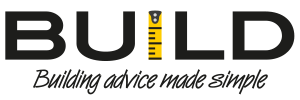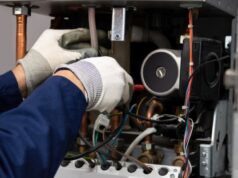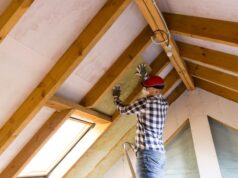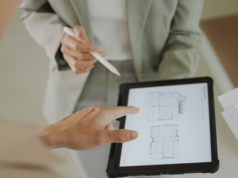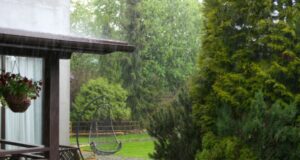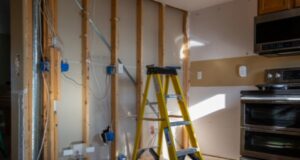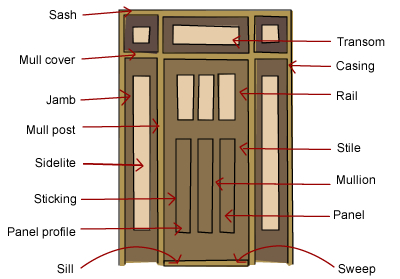
Doors might seem like a solid rectangular chunk of material at first glance, but there are many bits to a typical door. Find out what these are, and what they’re called.

There are quite a few components to a door, many of them unknown to most people. A basic hinged panel door with a handle, as is commonly found in many homes, consists of the following:
Parts of a standard hinged door
Rails – The rails are the horizontal crosspieces which hold the door panels in place. The centre rail is called the lock rail and is usually thicker than the other rails.
Stiles – The stiles are the vertical crosspieces which hold the door panels in place. The centre stile is called the muntin.
Panels – These form the main body of the door, filling the spaces between the rails and the stiles.
Lites – These are small windows usually located at the top of the door to allow light in.
Hinges – Attached to one side of the door, these allow for the door to swing open and closed.
Handle – Attached to the opposite side of the door to the hinges, the handle allows the door to be secured when closed and opened only by using the handle.
Kick plate – If one is attached, this is located across the bottom third of the door.
Transom – This is a bar of wood (or stone, or another material) that runs across the top of the door frame.
Fanlight – This is a small window (or window-like opening) that features above the transom. Fanlights are useful both for allowing daylight in, and helping with ventilation.
Different parts of a lock
The lock itself will also have a number of common components.
Lock – The internal component of the lock consisting of the tumblers, pins and barrel.
Key– Used to align the pins with the tumblers to allow the barrel to rotate and release the lock.
Bolt or dead latch – This is the part of the lock that inserts into the mortise to secure the door. This retracts when the door is unlocked to allow it to open.
Knob – This is a snib attached to the lock on the reverse side which allows the door to be locked and unlocked manually without a key from the inside.
Strike plate – This is the metal plate that the latch hits when the door closes.
Mortice – The hole drilled into the frame through the strike plate which holds the latch when the door is closed.
Parts of a sliding door
Sliding doors have different components to hinged doors and will have separate installation requirements. Some of the components are as follows.
Rails or tracks – These are what allow the door to slide open and closed.
Rollers – Attached to the hangers, these slide along the rails to open and close the door.
Hangers – These are attached to the door and connect the door with the rollers.
Stopper – These sit at the ends of the rails to stop the door from continuing to slide right off.
